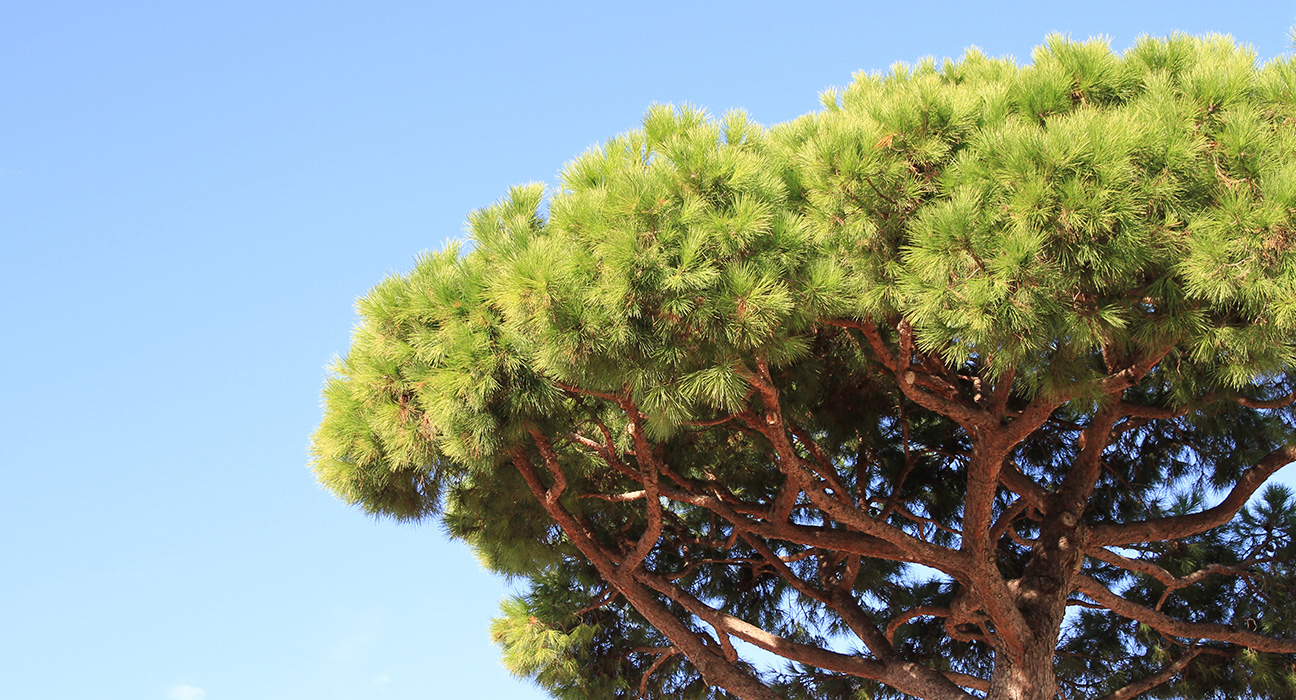The Piñon Pine, a conifer with an extensive root system, grows at high elevations in the Southwest. Its root system makes the Piñon Pine remarkably drought tolerant, but in 2002-03, an extended drought in combination with a bark beetle outbreak killed 12,000 hectares of the trees. It was a 100-year drought, the driest period on record, and interestingly it coincided with temperatures 2 to 3 ˚C above recorded averages.
Research in Biosphere 2
Adams and his advisors wondered if increasing temperatures due to climate change might exacerbate the effects of drought and accelerate tree die-off. The University of Arizona has an unusual opportunity to test drought conditions and temperature change in its Biosphere 2 lab. Biosphere 2, a unique three-acre enclosed “living laboratory” in the high Arizona desert, once hosted eight people for two years of self-contained survival living. Now it hosts research projects, and Adams was able to use space inside to induce drought in two separate treatments of transplanted Piñon pines, one at ambient temperatures and one at temperatures 4 ˚C above ambient.
Sobering outlook for the Piñon Pine
“Obviously, the warmer trees should die first,” says Adams. “But we want to test whether temperature change, independent of other factors, accelerates mortality.” If that acceleration in fact occurs, a shorter drought, the kind the Piñon Pine has historically been able to wait out, might cause a significant die-off.
Measuring drought response
Naturally, Adams and his colleagues did more than just watch how fast trees would die without water. They also studied the trees physiological response to drought, measuring gas exchange, water potential, and stomatal conductance. To measure stomatal conductance, they used a METER SC-1 leaf porometer, making almost 9,000 separate measurements in sessions that lasted from sunup to sundown on one very long day once each week.





